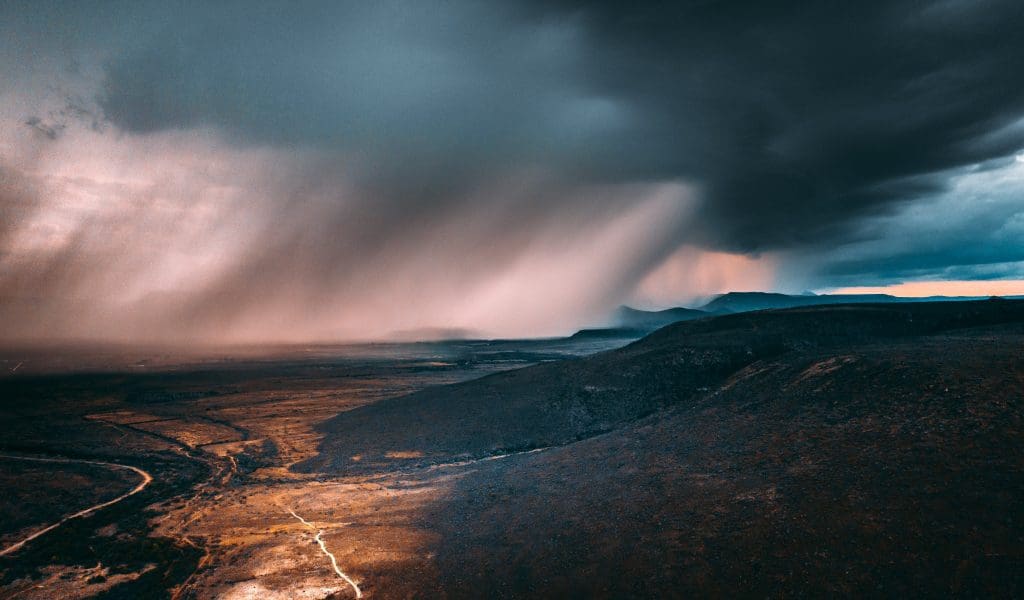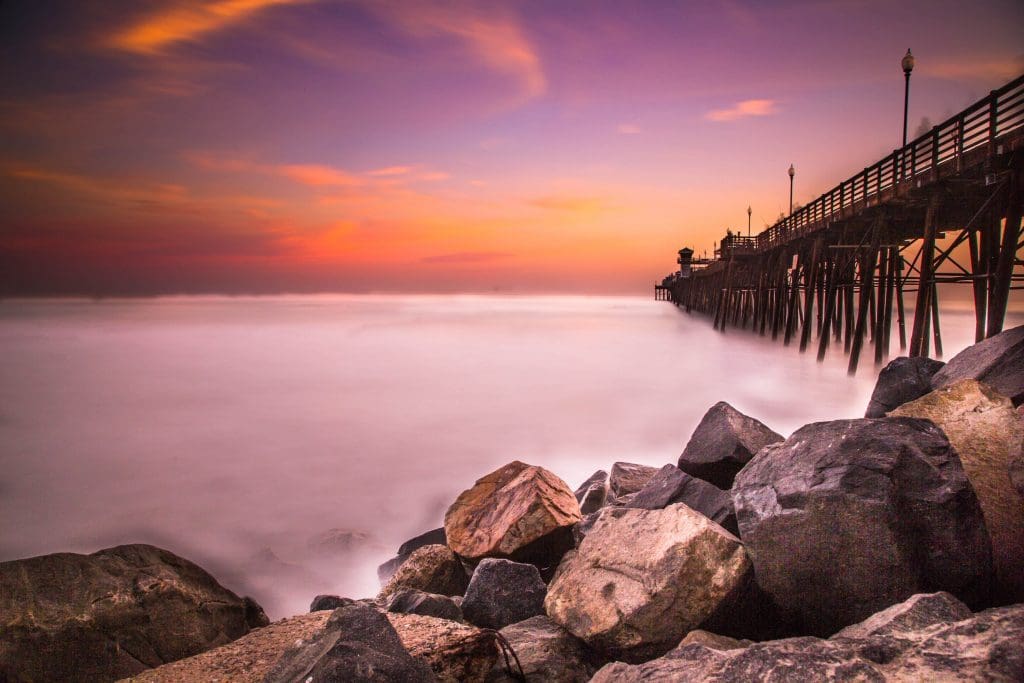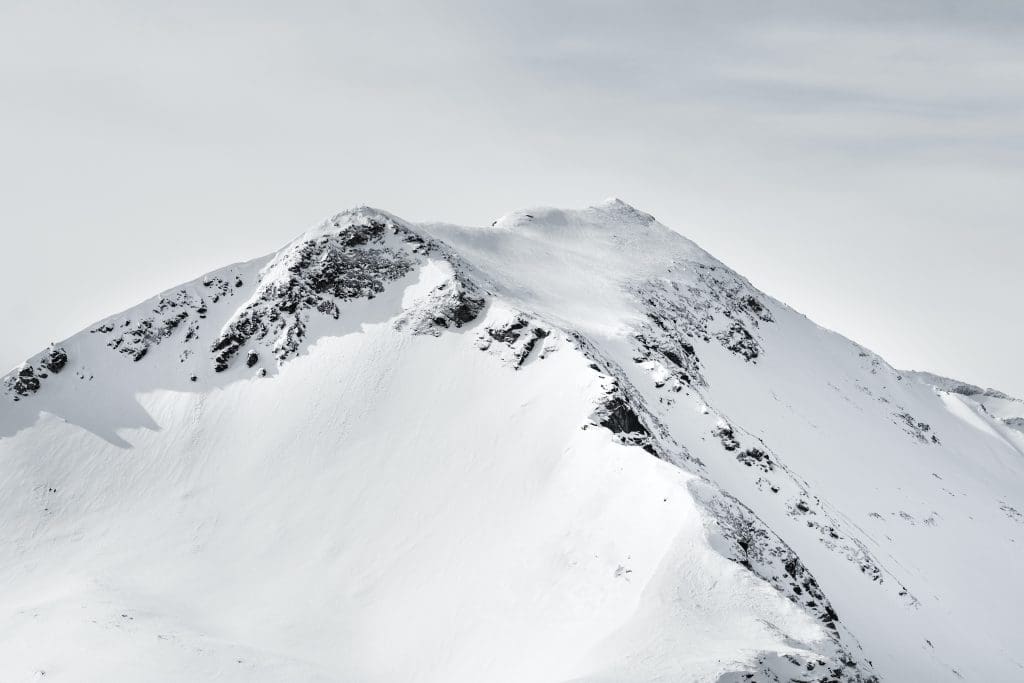Landscape photographers rely entirely on natural light. And many of them plan their photo sessions and expeditions based on the position, color, and intensity of the sun. Each season and time of the day offers different lighting conditions. Weather also has a contribution by influencing humidity and temperature. Therefore, landscape photographers need to understand how light characteristics influence the composition, framing, and gear selection.
The intensity of light seems to be the easiest factor to manage. High light intensity translates into high shutter speeds, small apertures, and low ISO values. At the same time, low light intensity translates into large apertures, long exposures, and, sometimes, high ISO values. But things aren’t so simple. The intensity of the light may require a different composition or even a different aesthetic. It also has something to say when choosing the gear.
The Effects of Low Light Intensity for Landscape Photography
The sun has less power in the morning and evening, during winters or rainy seasons, and overcast days. Having less light in the scene forces you to reevaluate the equipment you bring with you. You may need longer exposures and, therefore, a tripod to stabilize the camera. You may also need to protect the camera and lens from humidity and, thus, a camera rain cover or weather-sealed camera body and lenses.

Photo by redcharlie on Unsplash
Low light intensities also affect camera settings. You may need large apertures (small f-numbers) to allow more light to enter the camera. At the same time, large apertures provide a shallow depth of field, which means a smaller portion of the frame will be in focus. If you want a deep depth of field as landscape photographers usually want, you have to compromise using a slower shutter speed or put some distance between camera and subject. Long exposures create a soft and dreamy effect that influences the way people will perceive your photo.

Photo by Tyler Whitehead on Unsplash
Taking photos in low lighting conditions creates atmospheric images that convey a meaningful message. You’ll have pastel colors and smooth shadows, and a scene that invites you to contemplation. To develop striking compositions, you need to consider everything.
The Effects of High Light Intensity for Landscape Photography
Taking photos at midday on bright sunny days makes things more accessible from the camera settings point of view. You can use fast shutter speeds and don’t need a tripod. If your lens has image stabilization, you can even take photos while walking. You can also keep the aperture small and create a deep depth of field. However, the harsh, intense light can wash out the colors and reduce the space between elements, creating flat, lifeless images.
Nevertheless, high light intensity works very well with black and white landscape photography. Here, it would be best if you had high contrast and dramatic shadows to create artful compositions. High light intensity also works very well with already flat landscapes such as fields, large surfaces of water, and beaches. It only enhances their natural features and makes the photo more impressive. You can also work with high light intensity when you want to create high-key compositions.

Photo by Sead Dedić on Unsplash
There is no good light or bad light in landscape photography. There was only natural light available at the time. You can always change the angle of shooting, the position of the camera, or camera settings and achieve the composition you want. But knowing how you want to frame your subject and what message you want to convey is the starting point of any good photograph.
Cover photo by Jonathan Marchal on Unsplash
For other articles on Landscape Photography, click here.

